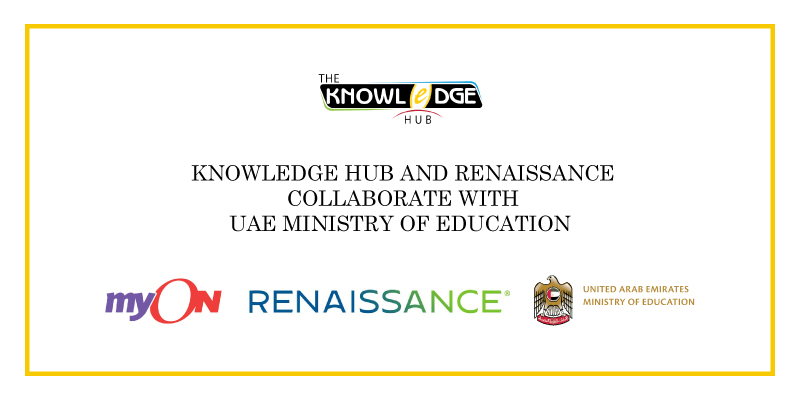
Knowledge Hub and Renaissance announce collaboration with UAE Ministry of Education for myON
Knowledge Hub, a leading provider of learning solutions in the UAE and throughout the Middle East, and Renaissance, the creator of the myON digital reading platform, has announced the successful launch of an ongoing project with the UAE Ministry of Education to improve English reading standards for the 380,000 students in primary and secondary Emirati schools.
The agreement, which covers all UAE public schools, is the largest myON governmental implementation in history and comes after two successful pilot schemes run in the country.
Read more by clicking the below link:














Recent Comments